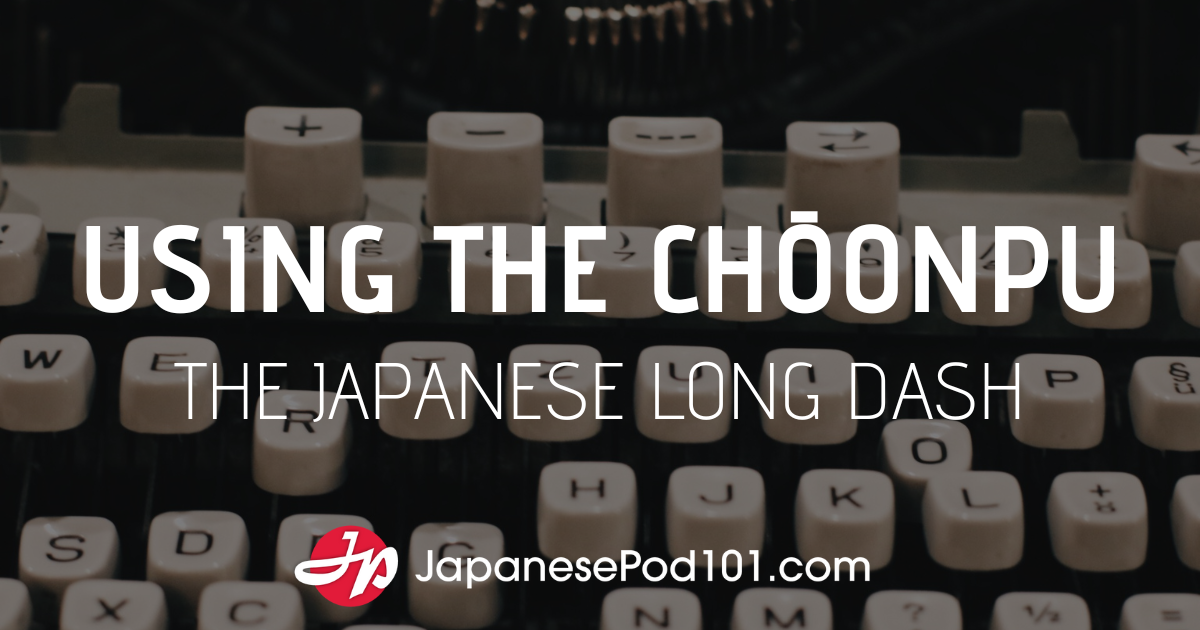Archive for the 'Working in Japan' Category
April 2, 2013
Giving Thanks and Sweets at Innovative
Today, we bring you another blog post from Motoko, JapanesePod101.com lesson creator, host and Office Party Planner! Motoko will be sharing more bilingual posts on our blog, so check back often and leave a comment!
Hi all! Motoko here.
It’s been a while since my last post! But today, I’d like to talk about one of the most popular events in Japan. It’s the day that we say “I love you” and “thanks” to the people we spend the most time with.
This day is Valentine’s Day, on February 14th. It originally came from European culture, didn’t it? And people usually give presents or flowers to the one they love on that day. I’m guessing that in your country, it’s the men who give presents to their partners. But in Japan, ladies give... Show more
March 26, 2013
Evil Spirits Out, Good Fortune In at Innovative!
Today, we bring you another blog post from Motoko, JapanesePod101.com lesson creator, host and Office Party Planner! Motoko will be sharing more bilingual posts on our blog, so check back often and leave a comment!
Hi all, Motoko here!
Today I’d like to tell you about the Mamemaki (“bean-throwing”) event we held on Setsubun. Setsubun falls on March 3rd. On the Japanese traditional calendar, the day after Setsubun (March 4th) is the beginning of spring.
However, it’s still cold in the modern calendar!
According to the traditional calendar, Setsubun falls on the day between winter and spring. On that day, people hold a ceremony to throw beans – usually roasted soybeans – at their homes.
In ancient times, people believed... Show more
October 23, 2012
Making Soba and Picking Peaches
Today, we bring you another blog post from Motoko, JapanesePod101.com lesson creator, host and Office Party Planner! Motoko will be sharing more bilingual posts on our blog, so check back often and leave a comment!
Hi everyone, Motoko here! In the beginning of summer this year, the Innovative Language staff went on a day trip. Today I’d like to talk about that. We chose peach-picking for fun, and soba-making so that everyone could try a traditional Japanese food! We made soba in a wonderful nihon-kaoku, a traditional type of Japanese house.
Do you know what soba is? Soba is a famous type of noodle in Japan that is a greyish-brown color. It gets this color from a special type of flour called sobako that is used to make it. You dip the... Show more
October 15, 2012
A Trip to the Baseball Game
Today, we bring you another blog post from Motoko, JapanesePod101.com lesson creator, host and Office Party Planner! Motoko will be sharing more bilingual posts on our blog, so check back often and leave a comment!
Hi all, Motoko here.
Today I'd like to tell you about the baseball game the Innovative Language team went to at the end of September. But before I do, which sports are popular in your country? And do you know which sports are popular in Japan?
The answer is: soccer and baseball.
Soccer came to Japan because it was popular in Europe. Baseball, on the other hand, can be written in kanji (野球), and that’s because it was introduced to Japan much earlier than soccer was. In fact, it came to Japan in 1872. It is said that... Show more
May 24, 2012
Japanesepod101.com Tokyo Office Visit
Today, we bring you a blog post from Motoko, JapanesePod101.com lesson creator, host and Office Party Planner! Motoko will be sharing more bilingual posts on our blog, so check back often and leave a comment!
Hi everyone! Motoko here.
Today’s blog is about the concept of off-kai. At the beginning of this month, two JapanesePod101.com listeners came to visit us at the office. Apparently we often used to have listeners come and visit us, but for me it was the first time, so I was really excited.
Christophe was from Switzerland, and said that he tries to come to Japan at least once a year. It was really clear to me that he loves Japan! This time he visited our Tokyo office with his friend, who is also a JapanesePod101.com listener.... Show more
May 4, 2012
Our ‘Farewell, Pim! Welcome Back, Kim!’ Tea Party
Today, we bring you a blog post from Motoko, JapanesePod101.com lesson creator, host and Office Party Planner! Motoko will be sharing more bilingual posts on our blog, so check back often and leave a comment!
On the 17th of April here at Innovative Language Learning, we had an afternoon tea party.
Although Kim (a member of our Business Development Team) moved to Hong Kong, last week she came back to Japan for a brief visit, so it was her ‘welcome back’ party. Meanwhile, Pim (host of ThaiPod101.com) is going back to her home country to have her baby, so it was her ‘farewell’ party.
We all ate pastries, chatted, and enjoyed ourselves.
There was a choice of pastries: strawberry, green tea, custard… It was really hard to... Show more
December 9, 2010
The Best Japanese Phrases – Learn Your Japanese Teacher’s Favorite Phrases
This lesson Will teach you some of the most commonly used and most hopeful expressions in Japanese.
sō ieba (そういえば)
"speaking of which" or "now that you mention it, and you use it when you are reminded of something and want to talk about it.
toriaezu (とりあえず)
A handy phrase that means, "in the meantime" or "for now."
Use it to talk about some kind of action you take or decision you make "in the meantime" because for now, you feel like it's better than doing nothing.
ryōkai desu (了解です)
Ryōkai is a word that means "comprehension" or "consent." It is often used as an exclamation in the following ways: by itself (ryōkai!), with the copula desu (ryōkai desu!), and with the past tense verb shimashita (ryōkai... Show more
December 2, 2010
“Top Five Tips for Avoiding Common Mistakes in Japanese “
In this lesson, we'll offer tips to help you overcome some common errors that learners of Japanese make.
Don't Attach -san to Your Own Name!
One of the first things English speakers learn in Japanese is name suffixes used when addressing other people. The most common one is -san, which we attach to people's first or last names to show respect.
Because we use -san to show respect for others, you should never use it to refer to yourself.
Watch Your Politeness Level!
One of the unique aspects of Japanese is the varying politeness levels that change according to a number of factors: age and status of the speaker and listener, the speaker's relationship with the listener, and so on.
It is important to... Show more
November 25, 2010
Top 5 Phrases Your Teacher Will Never Teach You
The focus of this lesson is teaching you some very common Japanese expressions you might not learn from a Japanese teacher.
すごい
(Sugoi) - An adjective meaning "wow," "amazing," or "great." This word is commonly heard and is often used when one hears or sees something interesting or unusual.
バカ
(Baka) - A noun meaning "idiot" or "fool." When used as baka na (バカな), it becomes an adjective meaning "stupid." This word can either be insulting or playful depending on how it is used.
When used in a serious manner, it can come across as a strong insult, so it's better to exercise caution with this word.
うそ!
(Uso!) - literally means "lie," but when used as an exclamation, it corresponds to "No way!" or "Really!?" in... Show more
November 18, 2010
Top 5 Classroom Phrases in Japanese
In this lesson, we'll teach you the top five useful classroom phrases in Japanese, and then some!
"Please say it." / "Please repeat."
Itte kudasai (言っ てください) means "please say it." As a variation, you might also hear ripīto shite kudasai (リピートしてください), which means "please repeat (after me)," when teachers want you to repeat exactly what they have said.
"Please look."
Mite kudasai (見てください) means "please look," and when an object comes before the phrase, it means "please look at (object).
"Please read."
Yonde kudasai (読んでください) means "please read." You can expect to hear this phrase if a teacher wants you to practice reading some word, phrase, or passage.
"Please write it."
Kaite kudasai (書いてください)... Show more









